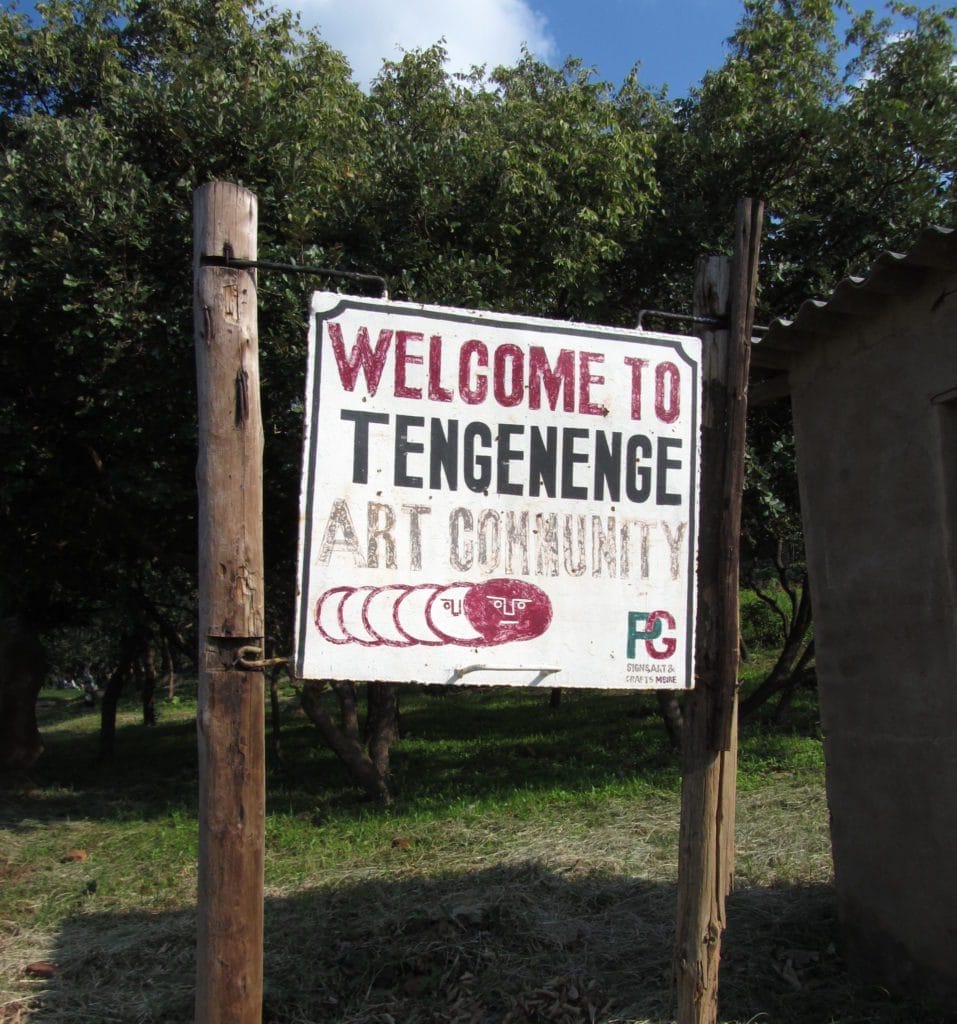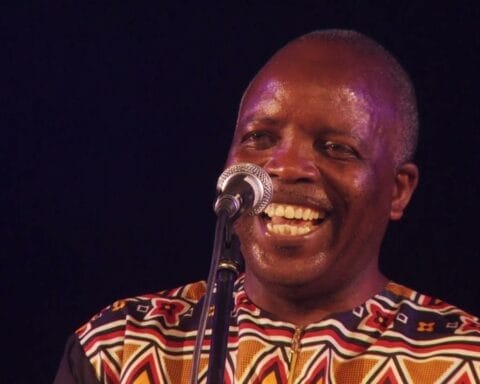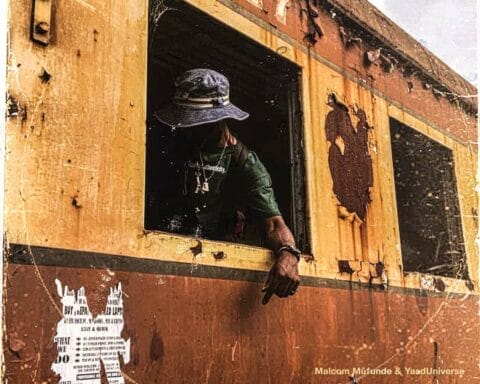In the north of Zimbabwe, at the foot of the great dyke, beside the ravines and grassy covered slopes, there lies a village called Tengenenge, rich in the many different tribes of the Zambezi river basin. Tengenenge is a typical African village at the foot of the Great Dyke. The difference with other villages is the occupation of the inhabitants; all residents of Tengenenge make a living from sculpting.

Founded in 1966 by former tobacco farmer Tom Bloefield, the Tengenenge Art Community is home to a population of 120 sculptors. Bloeield owned a tobacco farm and chromium mine but found that it uneconomical to maintain due to the international sanctions following Rhodesia’s Unilateral Declaration of Independence. Blomefield wrote that he sought an alternative source of income for his workforce, which materialised when the sculptor Crispen Chakanyuka visited and pointed out that the farm contained an outcrop of hard serpentine stone (part of the Great Dyke) which Blomfield obtained the rights to mine.








